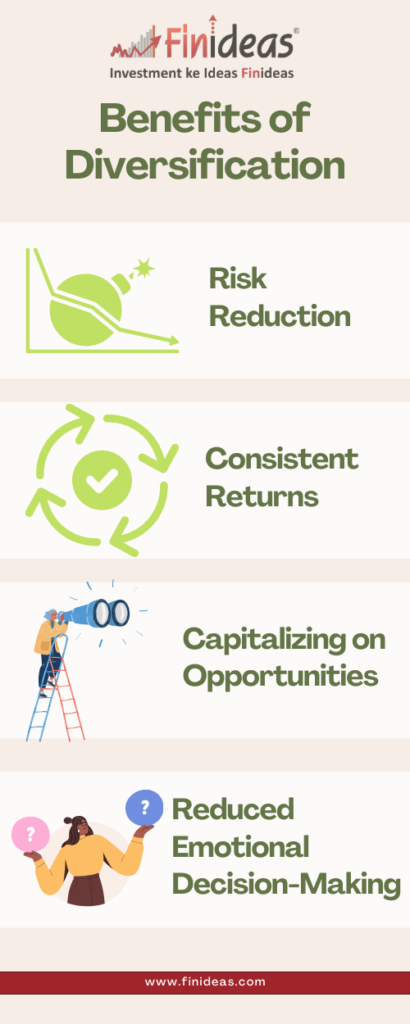"Diversification and Risk: How Investing Can Help Protect and Grow Your Wealth"
In the realm of finance, the old adage “Don’t put all your eggs in one basket” holds true more than ever. Diversification is a fundamental concept that plays a crucial role in managing risk and maximizing returns in investment portfolios. This strategy isn’t just for seasoned investors; it’s a principle that everyone seeking to secure and increase their wealth should understand and implement.
Understanding Diversification: What Is It and Why Does It Matter?
Diversification is the practice of spreading your investments across a variety of different asset classes, industries, sectors, and geographic regions. The goal is to create a portfolio that isn’t overly reliant on the performance of any single investment. By doing so, you reduce the impact of poor performance in one area of your portfolio, as gains in other areas can help offset potential losses.
The primary rationale behind diversification lies in the nature of risk. All investments come with some degree of risk, whether it’s due to market volatility, economic downturns, geopolitical events, or company-specific issues. Diversification helps to mitigate these risks because different types of assets and investments react differently to various market conditions. For instance, when stocks are performing poorly, bonds might be doing well, and vice versa.
Benefits of Diversification:
- Risk Reduction: Diversification helps you manage and minimize the impact of potential losses. Even if a certain portion of your portfolio is experiencing a downturn, the other diversified components can help cushion the blow.
- Consistent Returns: A diversified portfolio can potentially provide more consistent returns over time. While some investments might be experiencing high volatility, others might be delivering steadier performance, leading to a more balanced overall result.
- Capitalizing on Opportunities: Different asset classes perform well in different economic environments. By diversifying, you position yourself to benefit from a variety of market conditions, whether they are periods of growth, recession, or stability.
- Reduced Emotional Decision-Making: When you’ve diversified your investments, you’re less likely to make emotional decisions based on short-term market fluctuations. This can lead to more disciplined, long-term investment strategies.
Implementing Diversification:
Diversifying your investment portfolio requires thoughtful planning and research. Here are some key steps to consider:
- Asset Allocation: Determine the right mix of asset classes for your risk tolerance and investment goals. Common asset classes include stocks, bonds, real estate, and alternative investments like commodities or precious metals.
- Geographic Diversification: Invest in different geographic regions to avoid being overly exposed to the risks of a single country’s economy or political situation.
- Industry and Sector Allocation: Spread your investments across various industries and sectors to avoid concentration risk. What’s performing well today might not be the case tomorrow.
- Regular Portfolio Review: As market conditions change and your investment goals evolve, review and rebalance your portfolio periodically. This ensures that your asset allocation remains in line with your objectives.
- Consider Professional Advice: If navigating the world of investments seems daunting, seeking advice from financial professionals can provide you with expert insights and personalized recommendations. You can Freely contact us for professional advice and know more about our product Index Long Term Strategy and Alternative Investment Fund.
Final Thoughts:
Diversification is a powerful tool that allows investors to navigate the unpredictable waters of the financial markets with greater confidence. By embracing this strategy, you can potentially shield your wealth from extreme losses while positioning yourself to capture gains during prosperous times. Remember, diversification doesn’t guarantee profits, but it’s a cornerstone of a well-rounded investment approach that aims to protect and grow your wealth over the long term. So, whether you’re a novice or an experienced investor, embracing diversification is a prudent step towards securing your financial future.
Which are the key steps you would really consider for your investment journey? Comment Down Below
Happy Investing!


